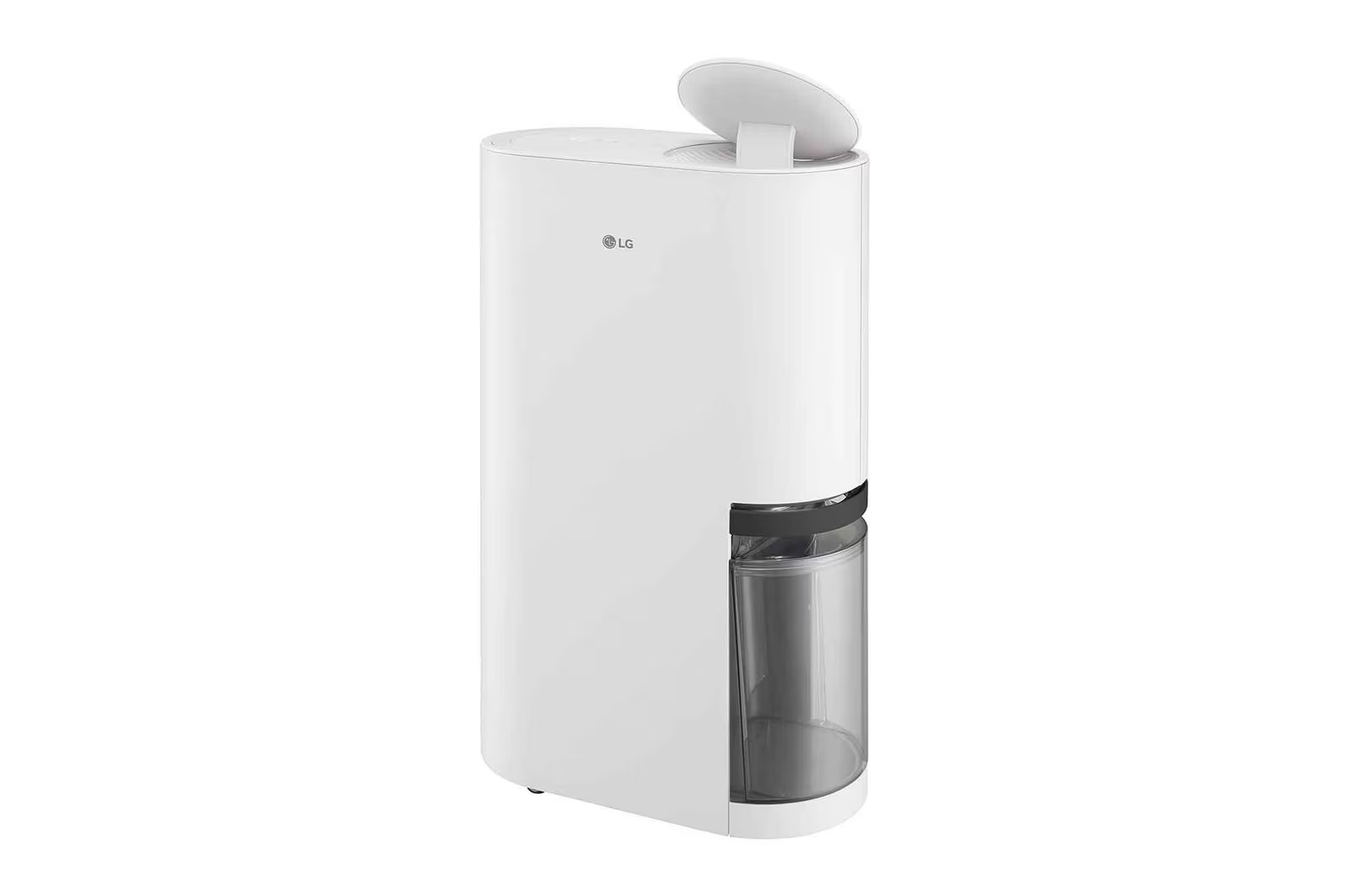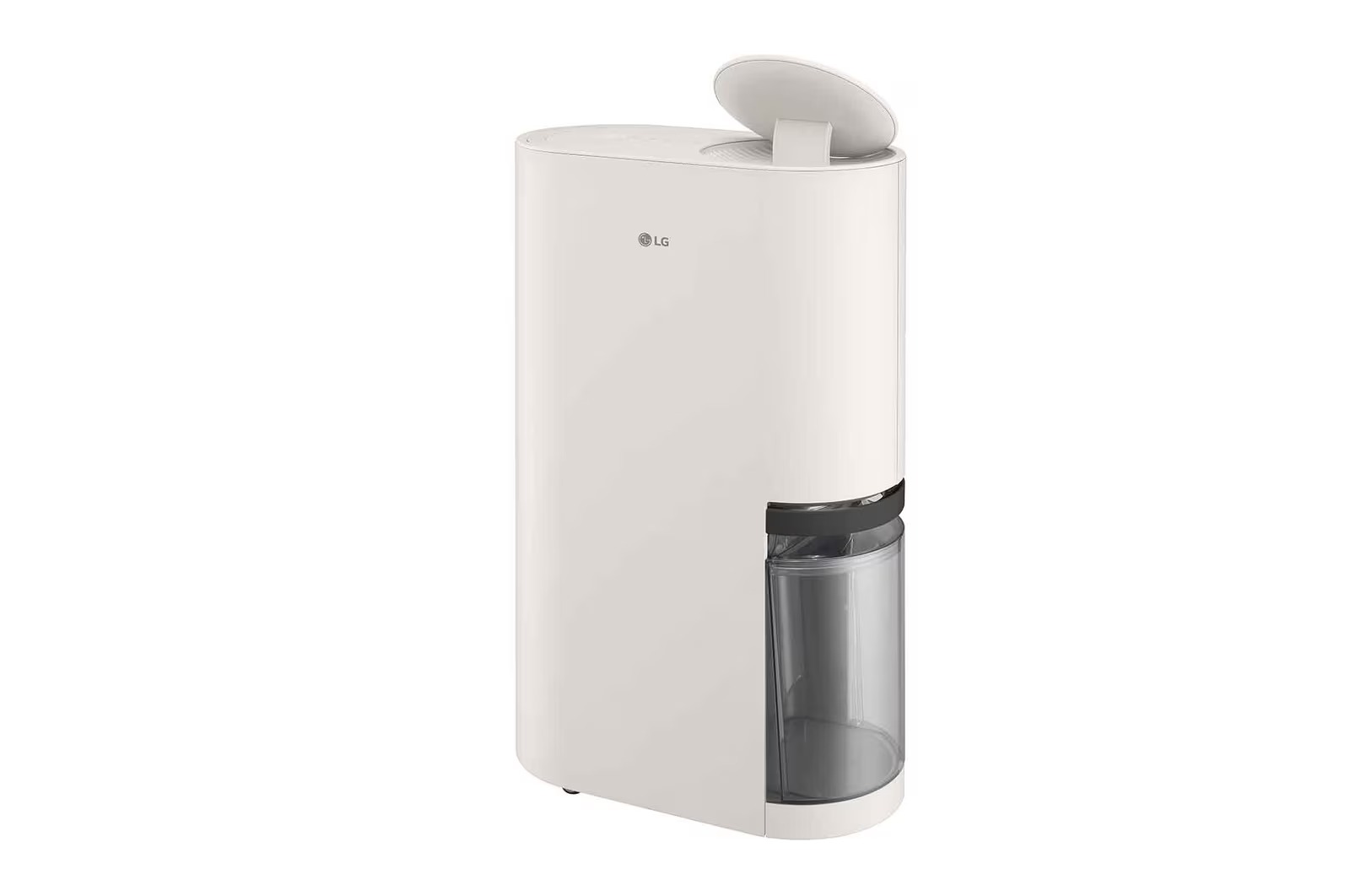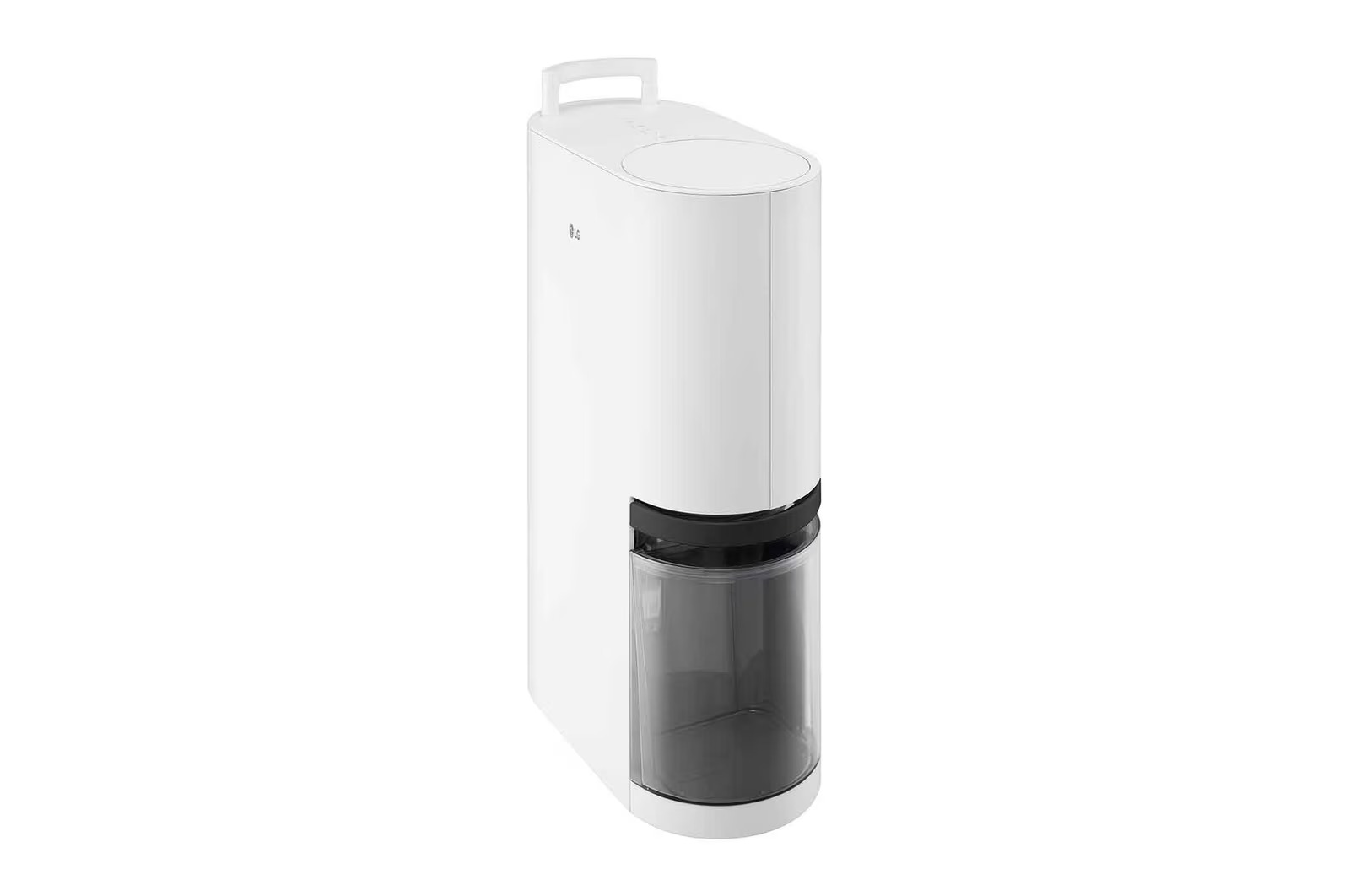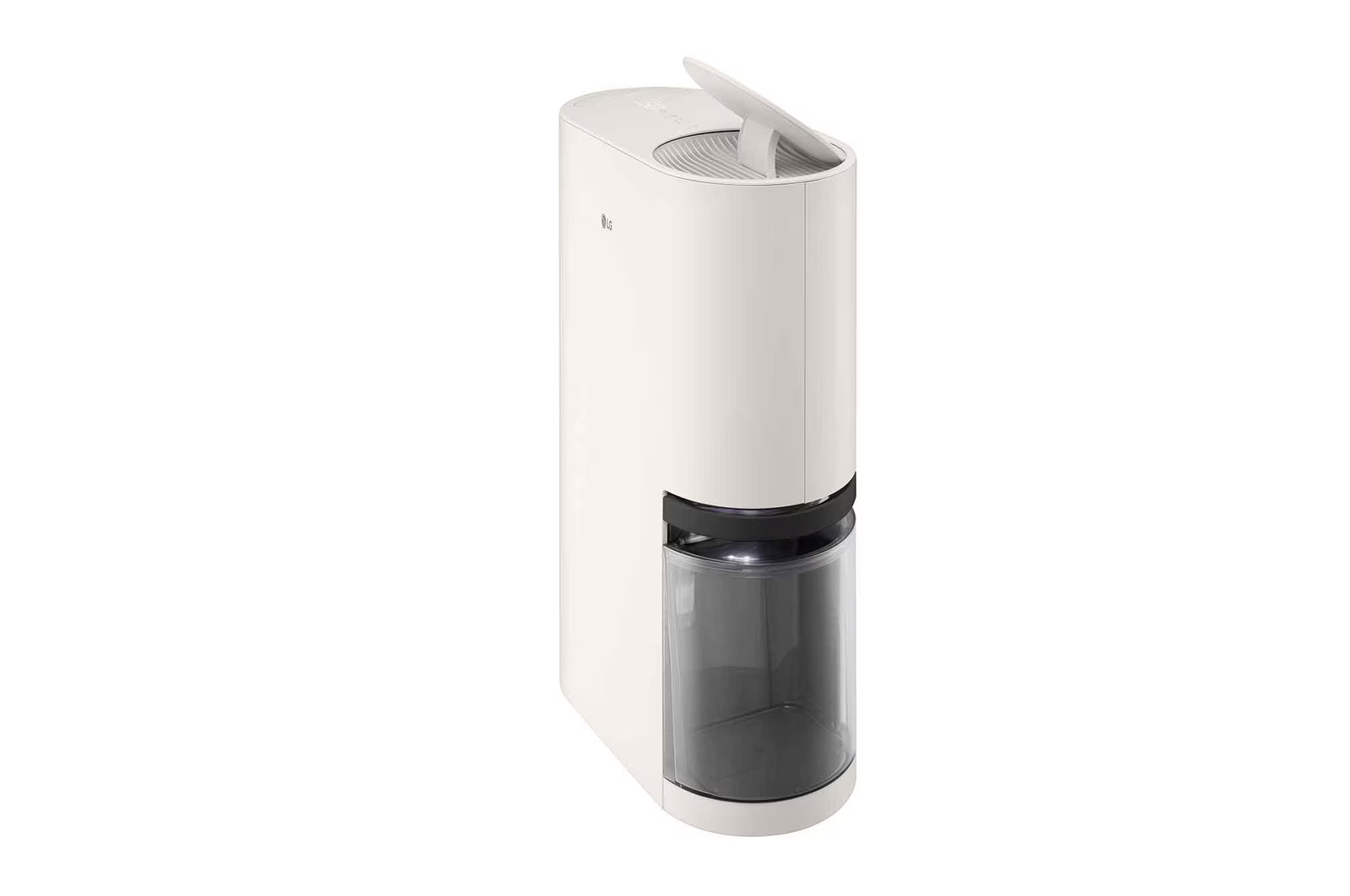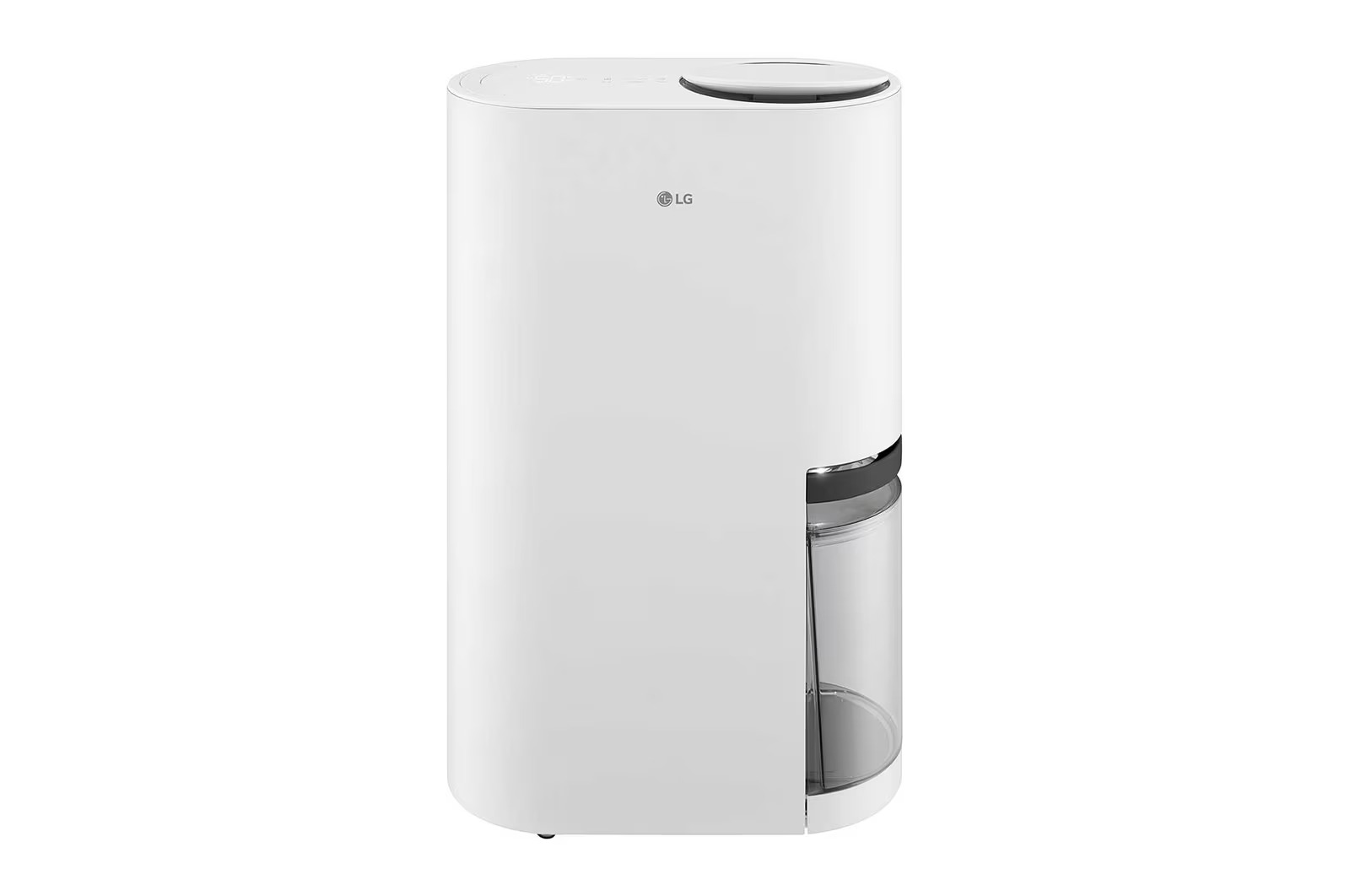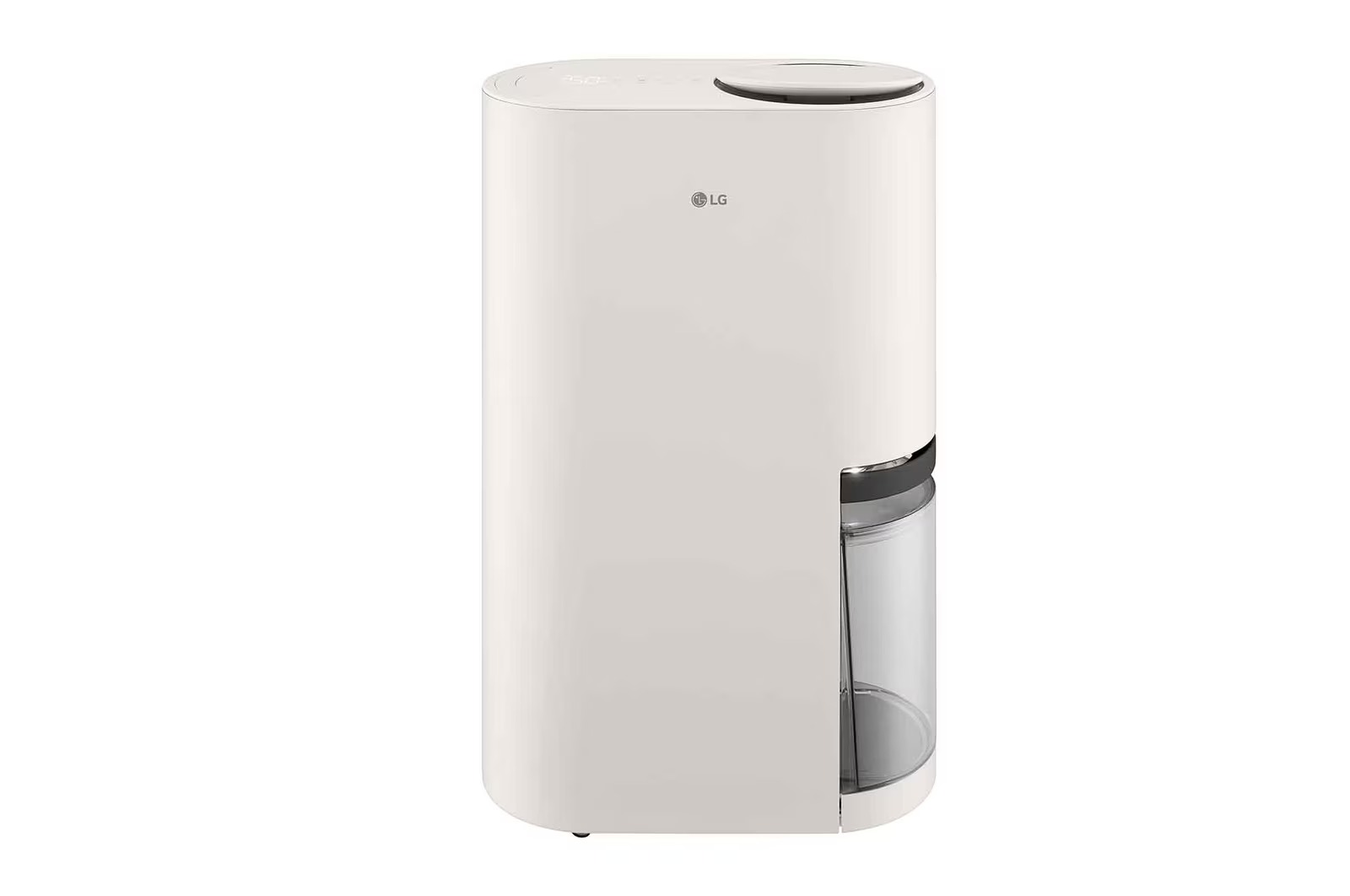The amount of electricity that a particular dehumidifier uses varies depending on dehumidification capacity and energy efficiency. The lower the dehumidification capacity and the higher the energy efficiency, the less electricity is consumed. Also, dehumidifiers use very little electricity in comparison to many other household appliances.
Using a dehumidifier provides users with the benefits of improved indoor air quality, relief of allergy and asthma, mold prevention, odor reduction, preservation of belonging, condensation prevention, and many more.
A dehumidifier doesn’t directly lower room temperature but can make you feel comfortable by reducing humidity levels. While they produce some heat during operation, it’s minimal and often barely noticeable. Dehumidifiers work by extracting moisture from the air, helping to lower relative humidity, which in turn improves comfort by allowing sweat to evaporate more efficiently.
Using a dehumidifier can speed up clothes drying indoors by reducing humidity, helping moisture evaporate faster. This also prevents musty odors in damp clothes. To optimize drying, place the dehumidifier close to clothes, spread them out, ensure good ventilation, and adjust settings if needed. Regularly check progress to ensure efficient drying.
Yes, dehumidifiers effectively prevent mold growth by reducing humidity levels, making it harder for mold spores to thrive. Modern dehumidifiers come with features like auto-restart and timers for convenient humidity control. Maintaining indoor humidity between 30% and 50% is recommended by the EPA to prevent mold issues, and dehumidifiers help achieve this for better indoor air quality.





